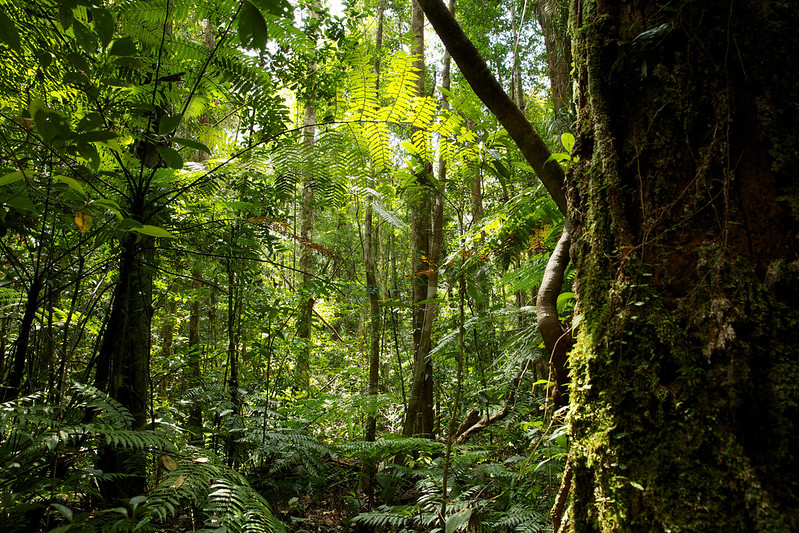Understanding contextual factors

To be effective, benefit sharing mechanisms (BSMs) must also take context into account. As a relatively new policy, REDD+ is coloured by a lot of other policies that already exist. In some cases, instead of changing practices or changing the system, the policy may just reinforce the status quo.
Economics of forests / land value in REDD+ areas
The value of forests and land is highly unequal across a country due to variation in characteristics such as geophysical features (soil, biodiversity, remoteness) and markets (demand for specific timber species, competition to convert).
Liu et al. (2020)[1] conducted a study comparing carbon sequestration in rubber and oil palm plantations in Kalimantan, Indonesia. The authors found that carbon sequestration from plantations affects the value of opportunity costs less than social discount rates due to the long time it takes for plantations to offset the carbon released from conversion of natural forest to agricultural plantations.
The researchers found that the opportunity cost in Kalimantan, Indonesia, ranges from 3.5 t CO₂⁻¹ to 19.6 t CO₂⁻¹, depending on different social discount rates, with an average value of USD 8.56 t CO₂⁻¹. In increasing or decreasing plantation area by approximately 10% or 20% of the original value, they found that, without consideration of carbon in plantations, the change in incremental opportunity cost is only approximately 6% when the oil palm plantation area increases by 10%. When the oil palm plantation area increases by 20%, the opportunity cost increases from 13.3% to 51.6%. Rubber plantations show the same trend: the opportunity cost increases from 3% to 13.3% for the 10% case and from 7.5% to 25.5% in the 20% case. When compared with the first scenario, the opportunity cost decreases by 2.3% when oil palm plantation area increases by 20%. The values for individual oil palm plantations are always larger than those of rubber plantations, and the researchers concluded that the opportunity cost increases faster in oil palm plantations than in rubber plantations.
As the conversion of high-carbon ecosystems to agricultural plantations puts carbon-rich ecosystems at risk and further contributes to climate change, REDD+ payments should adequately cover the opportunity costs that landowners face in not developing the land. Evaluating the impacts of plantation carbon sequestration can help local policymakers design financially attractive and effective carbon sequestration REDD+ programmes in other tropical forests (Liu et al. 2020).





